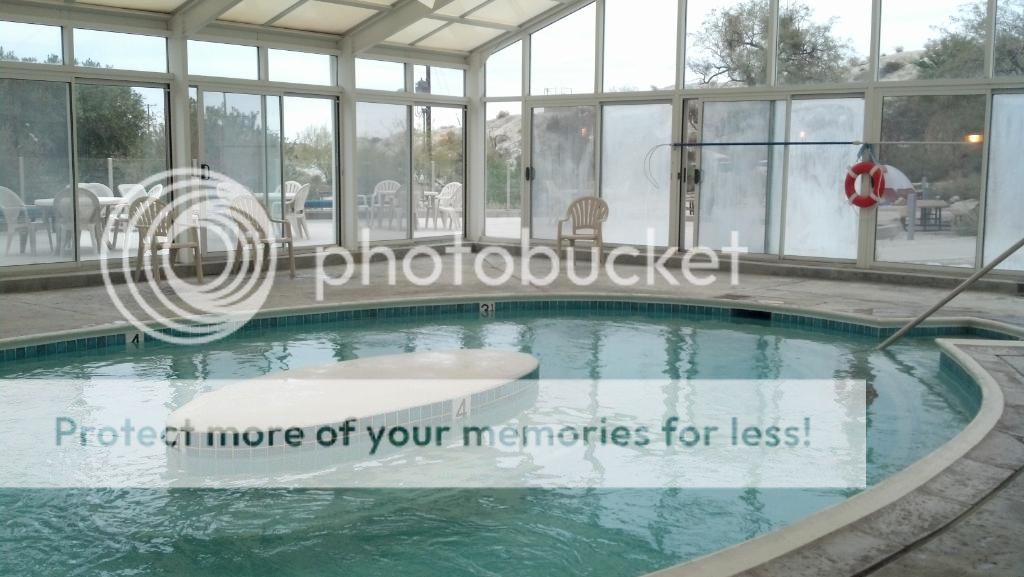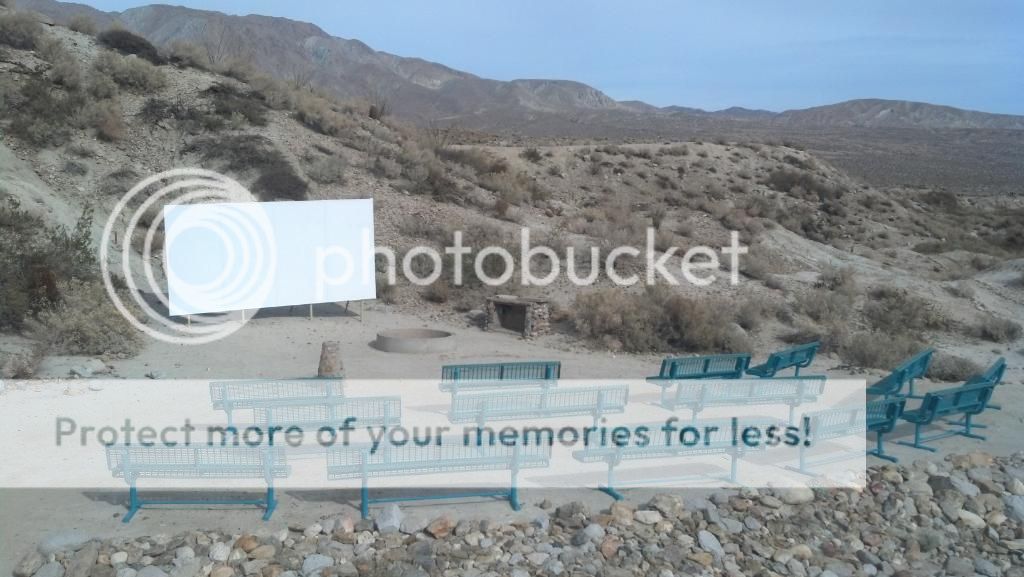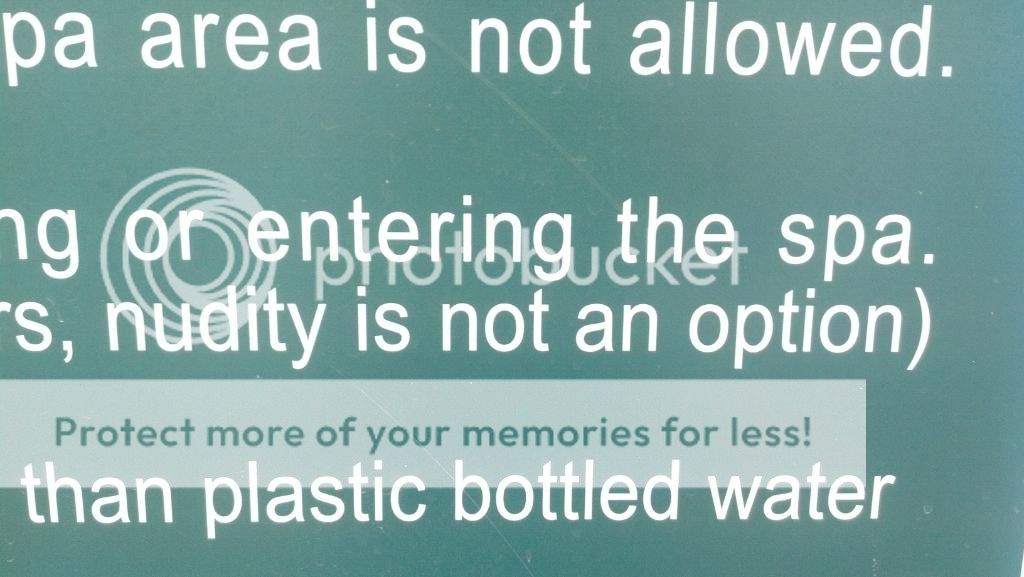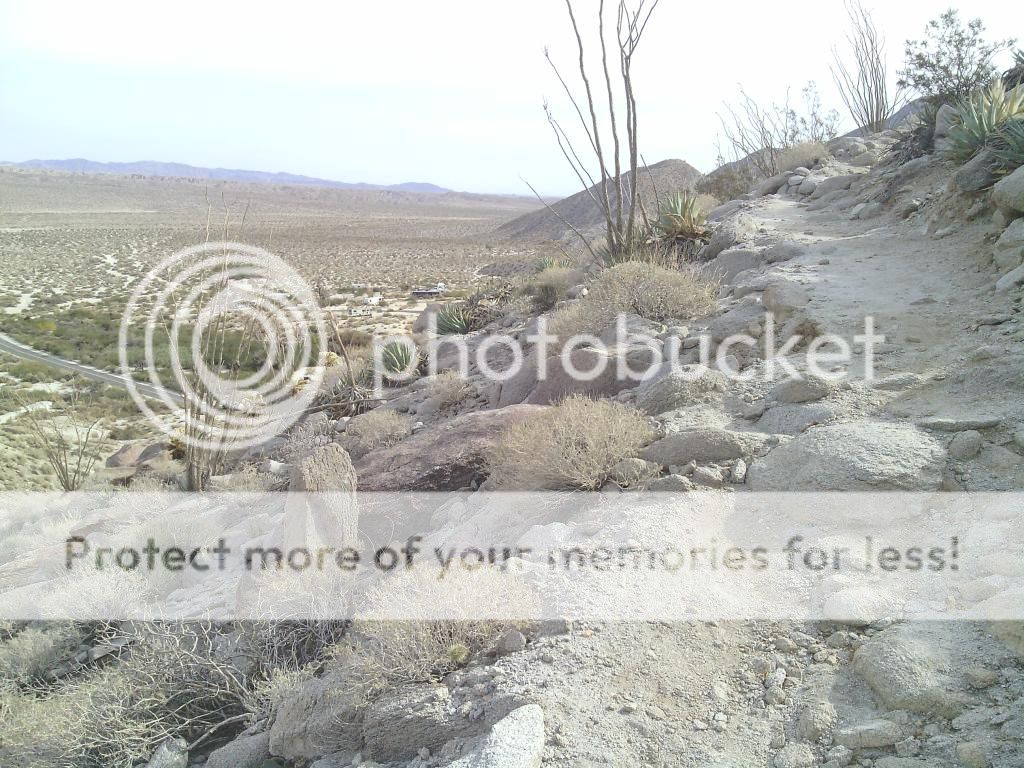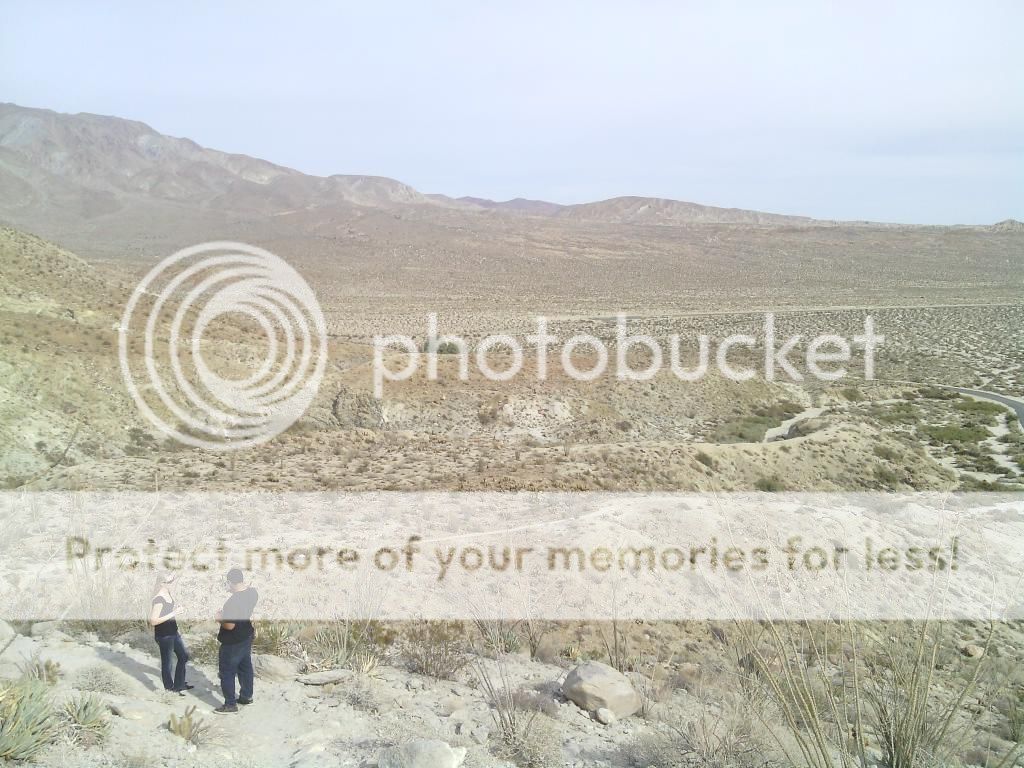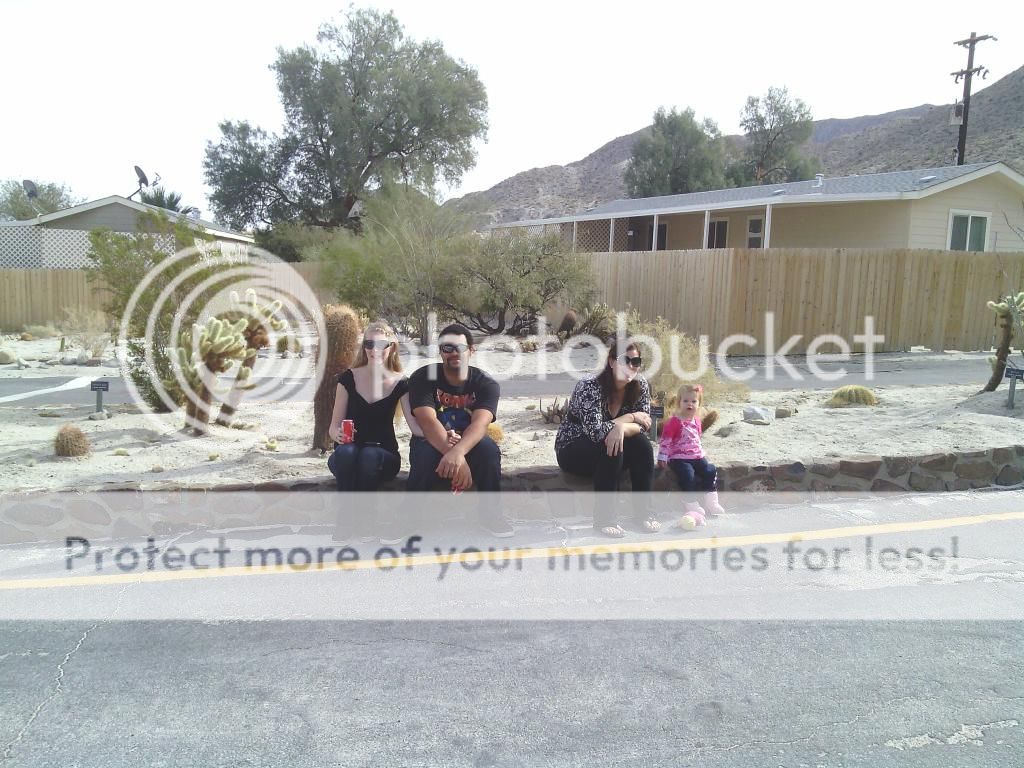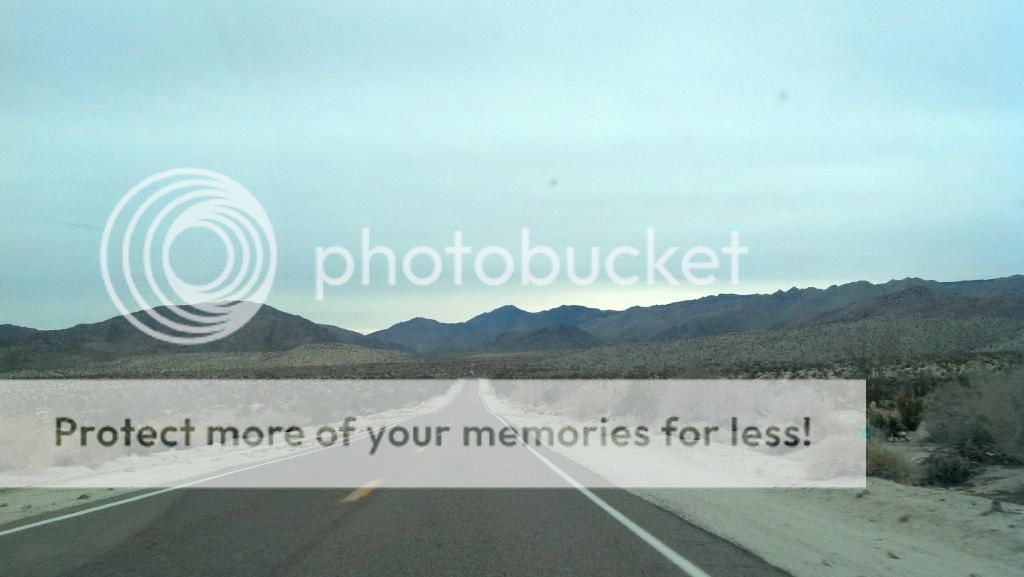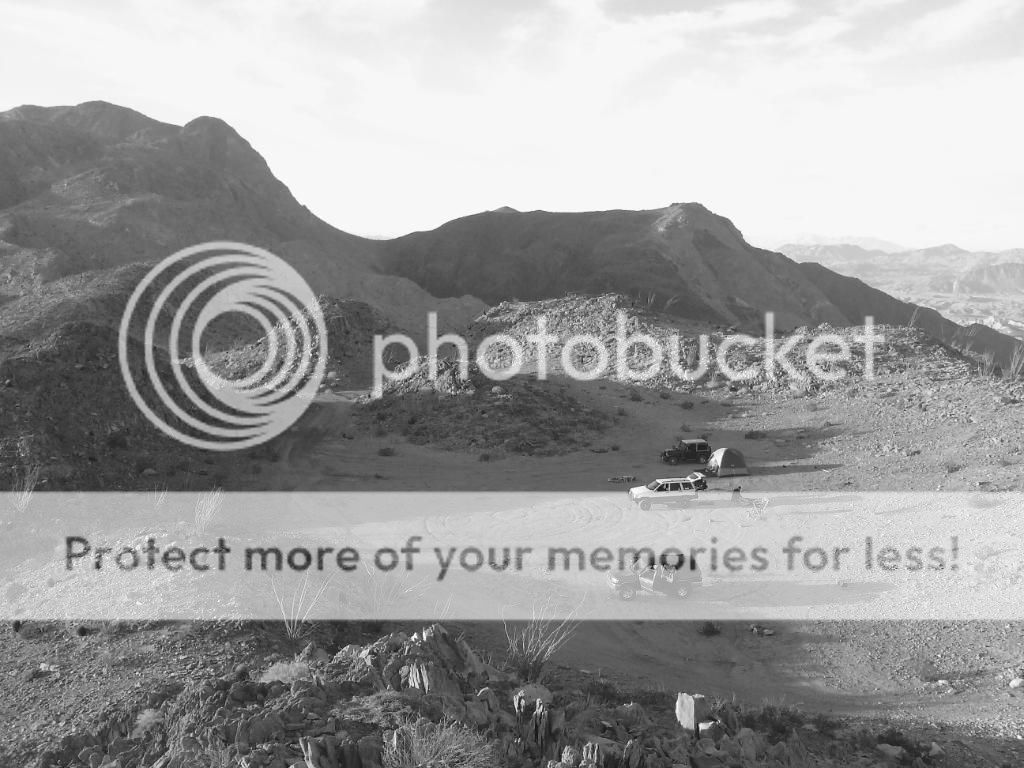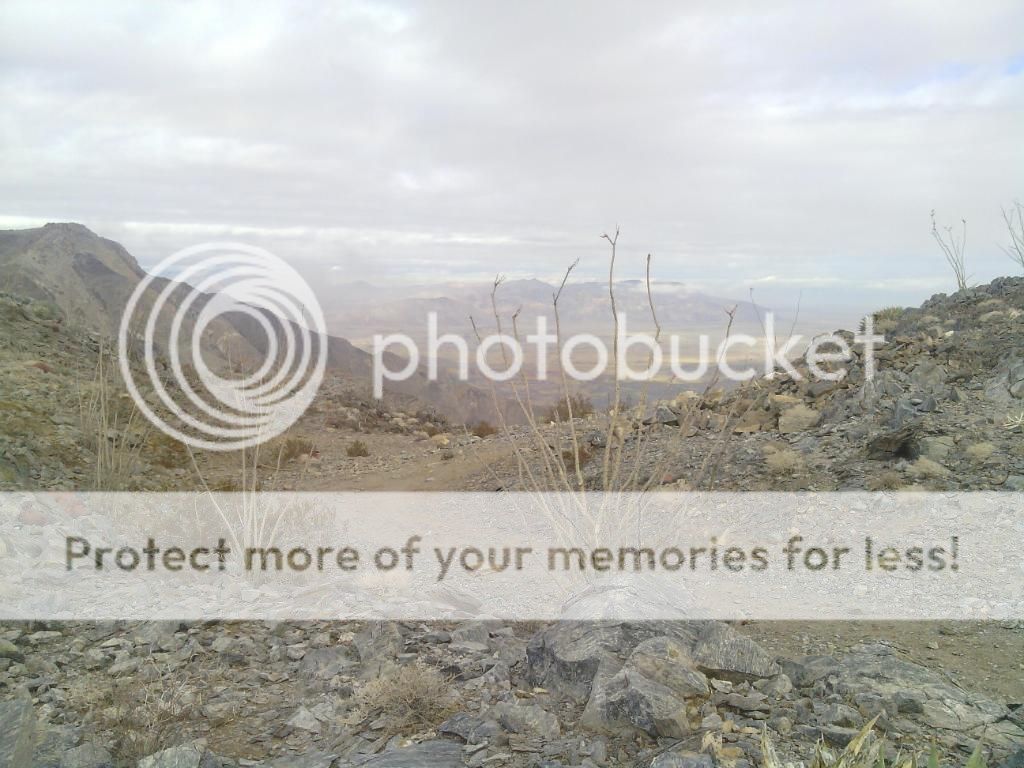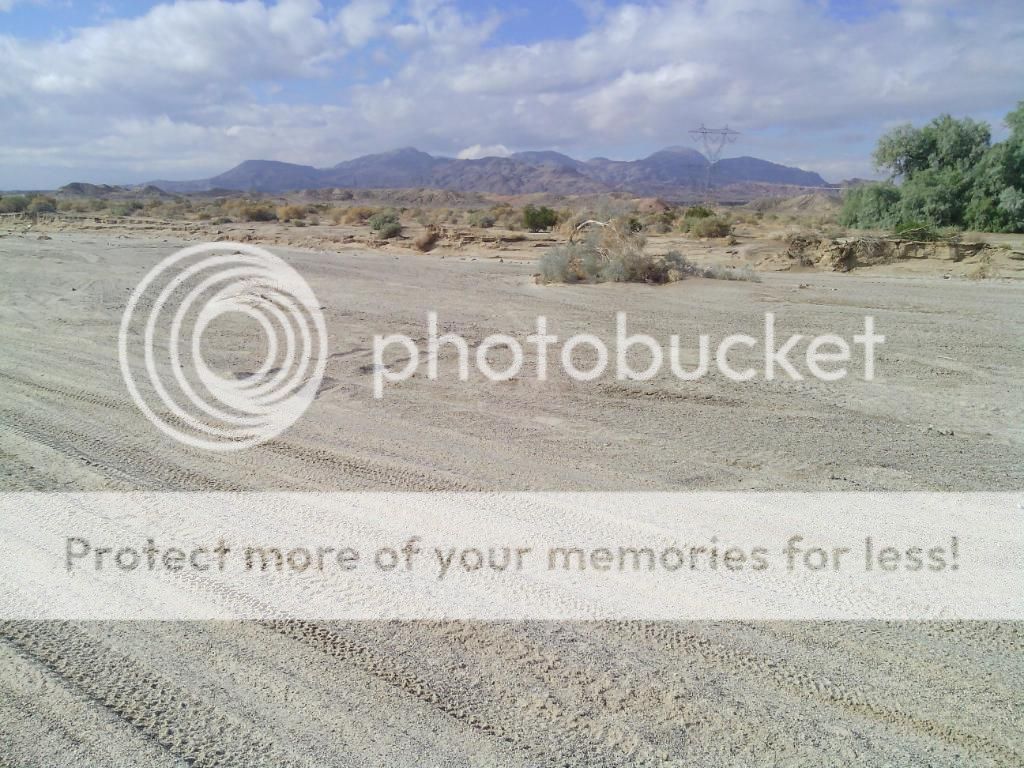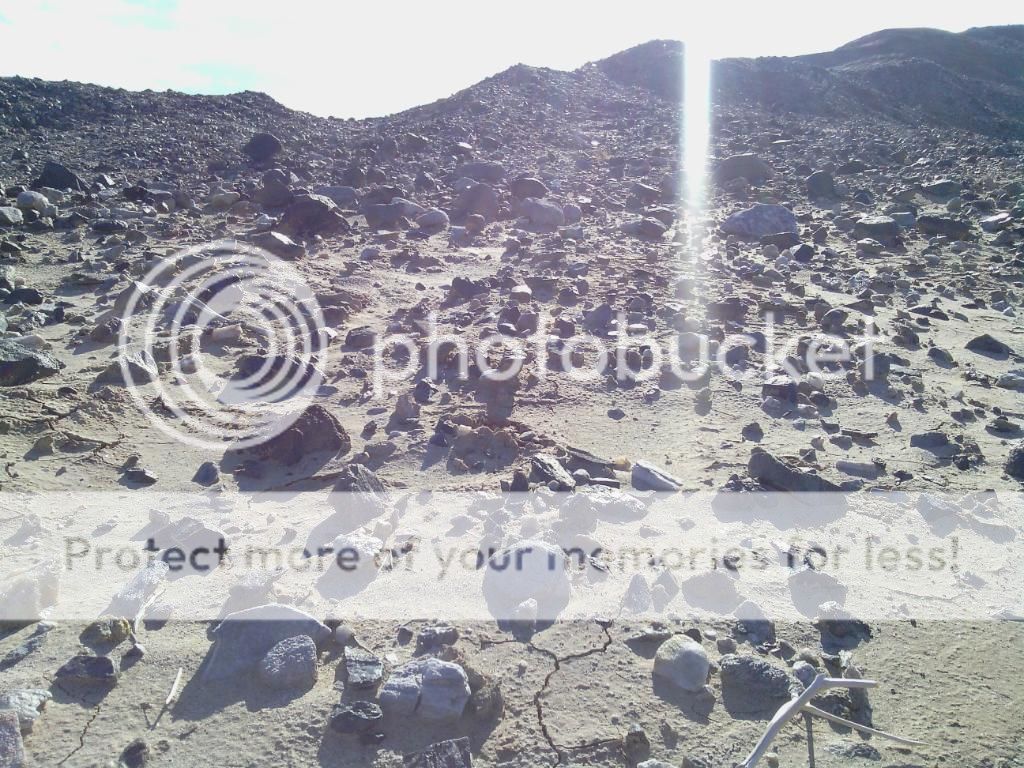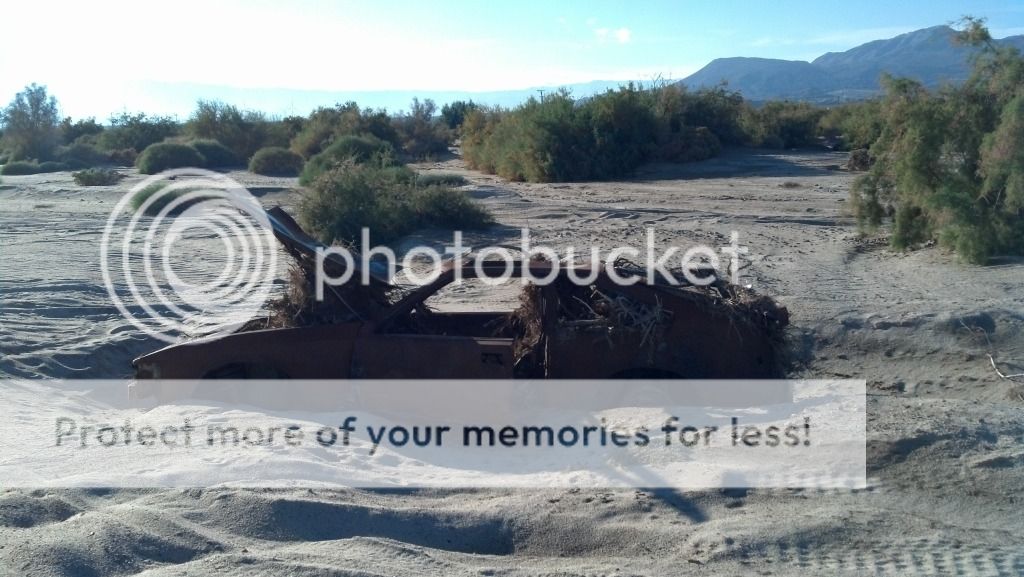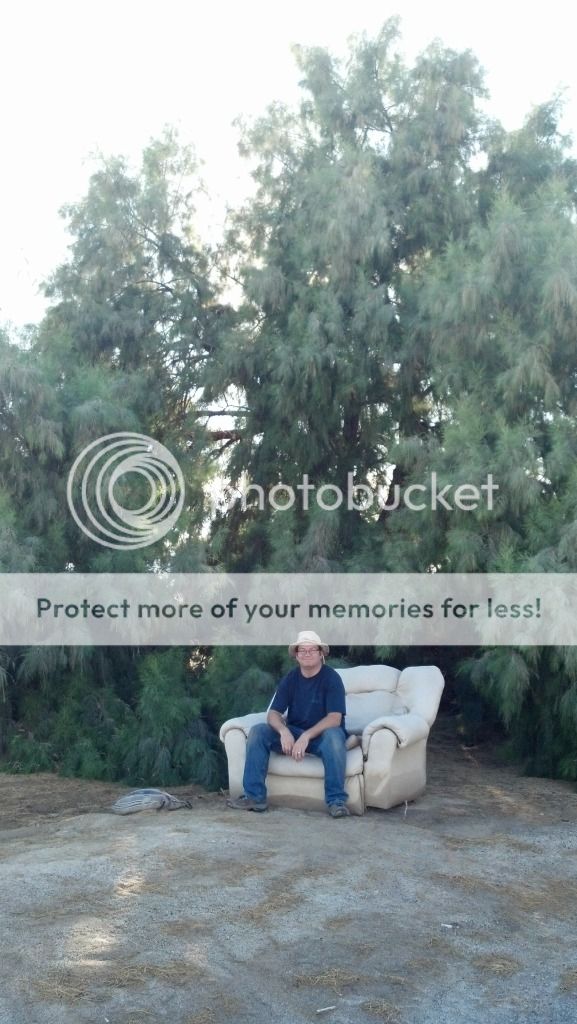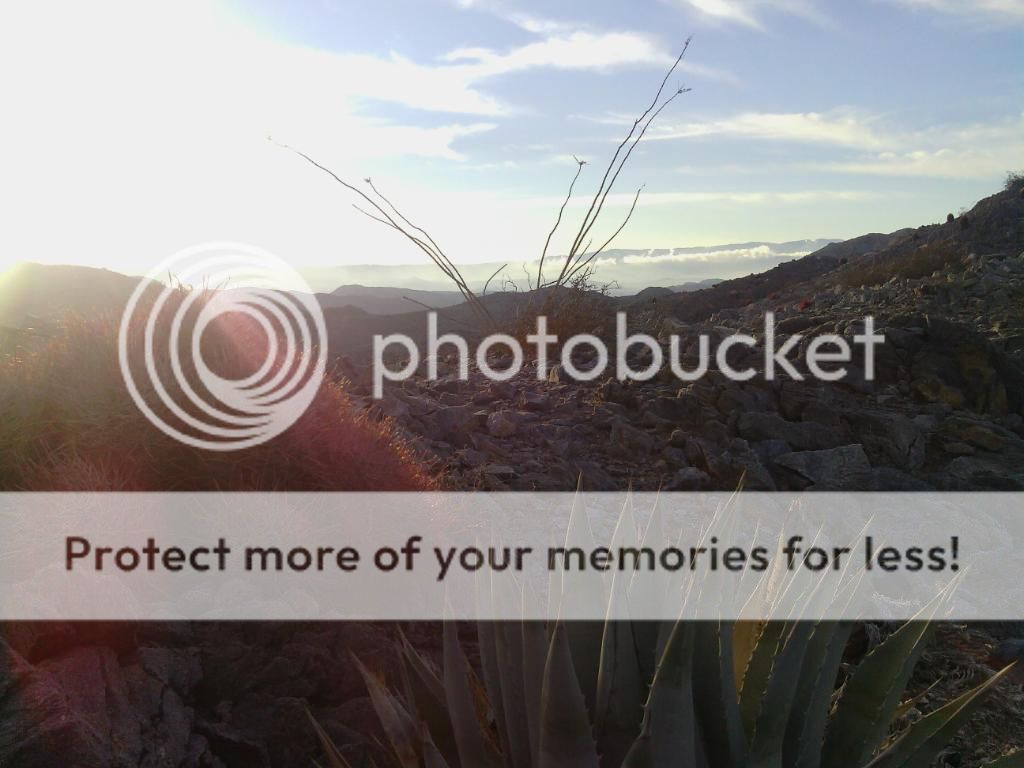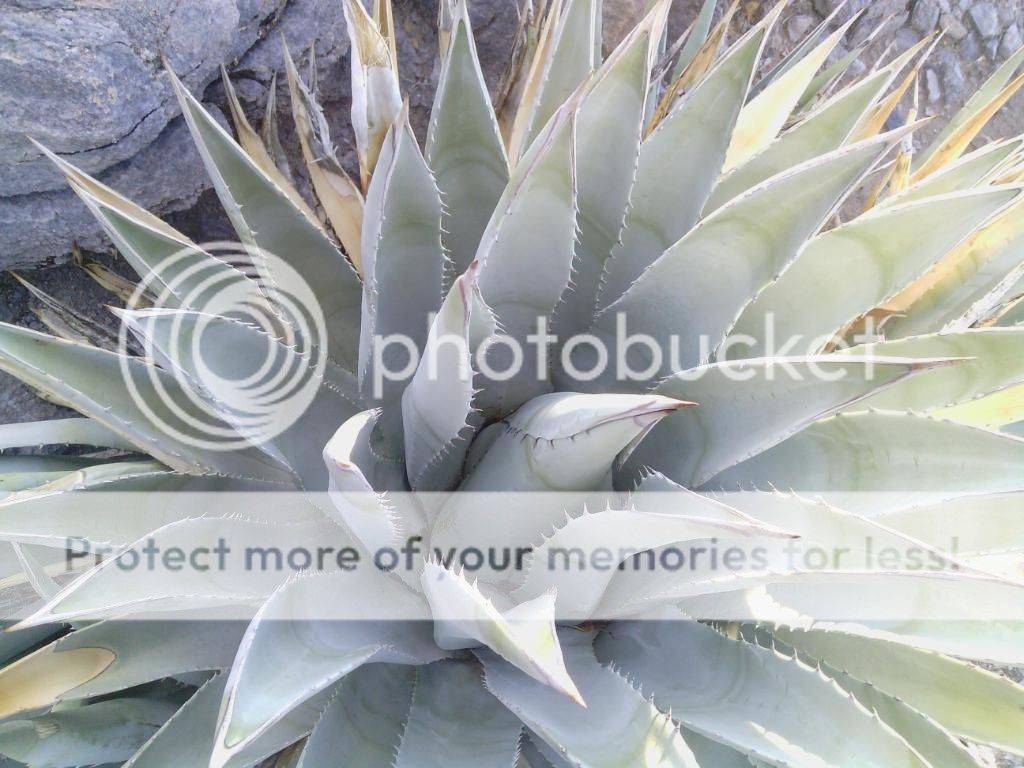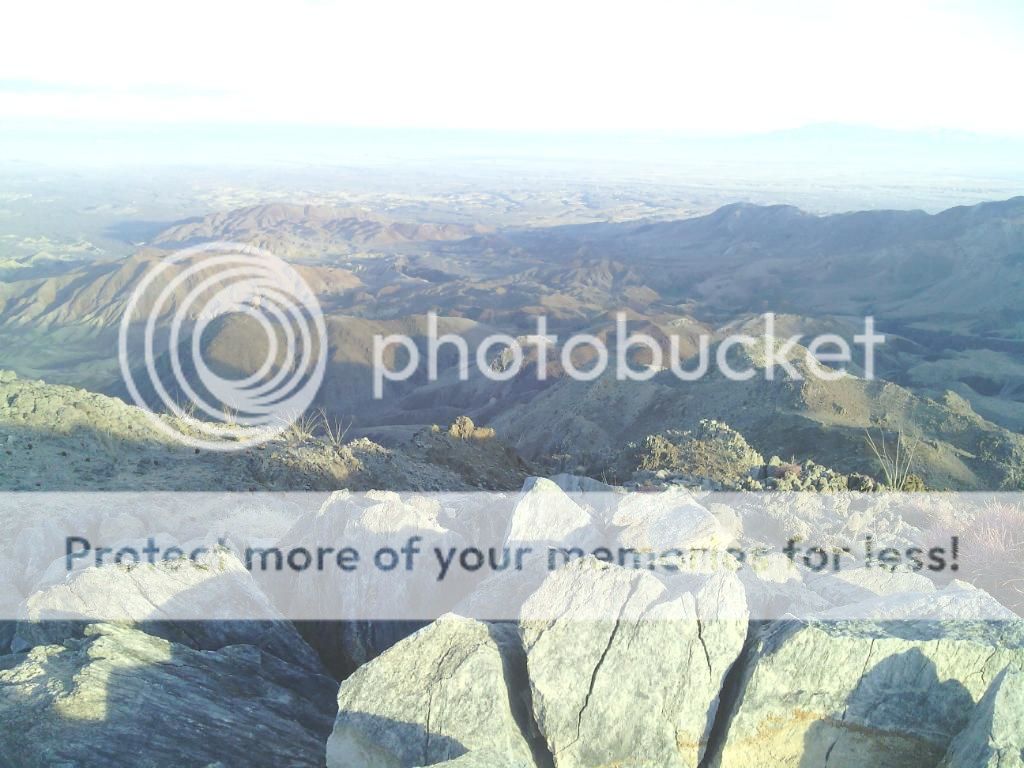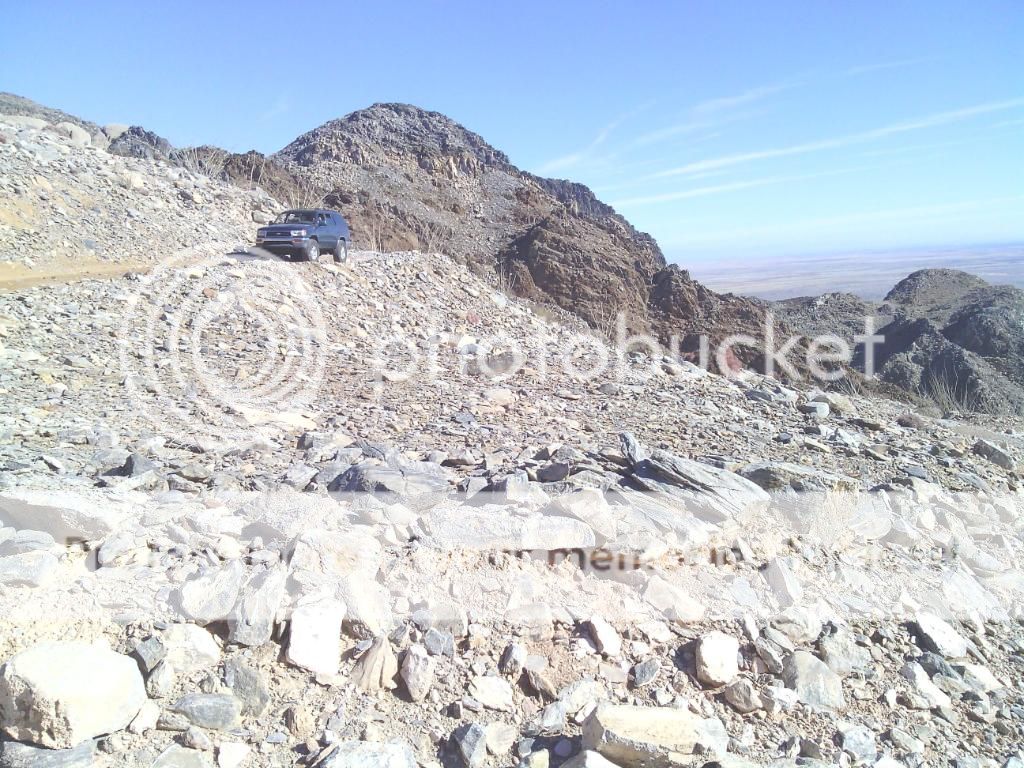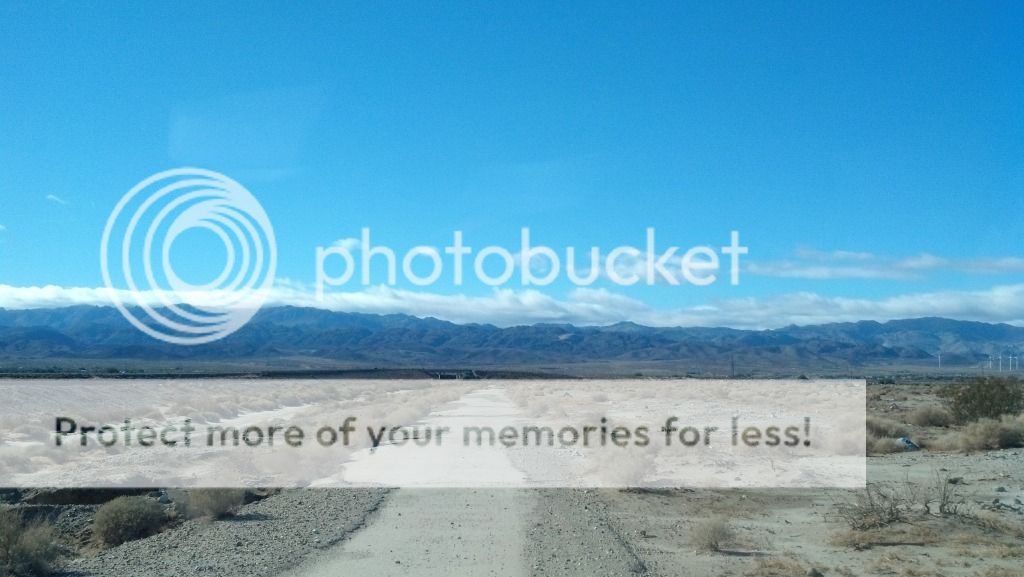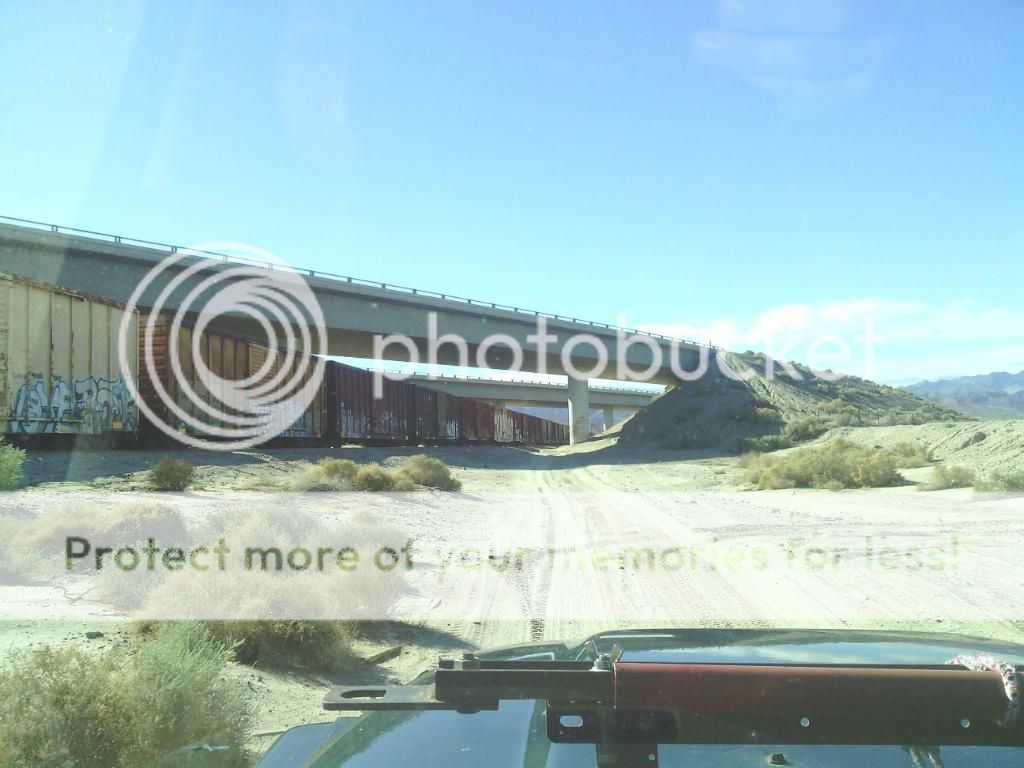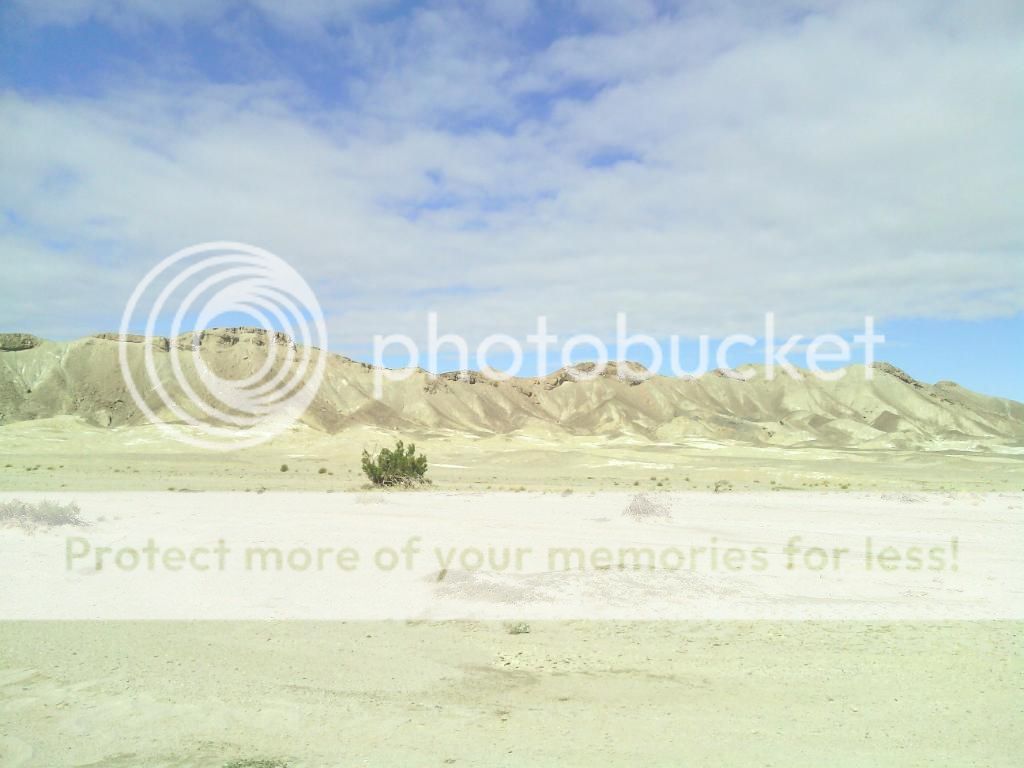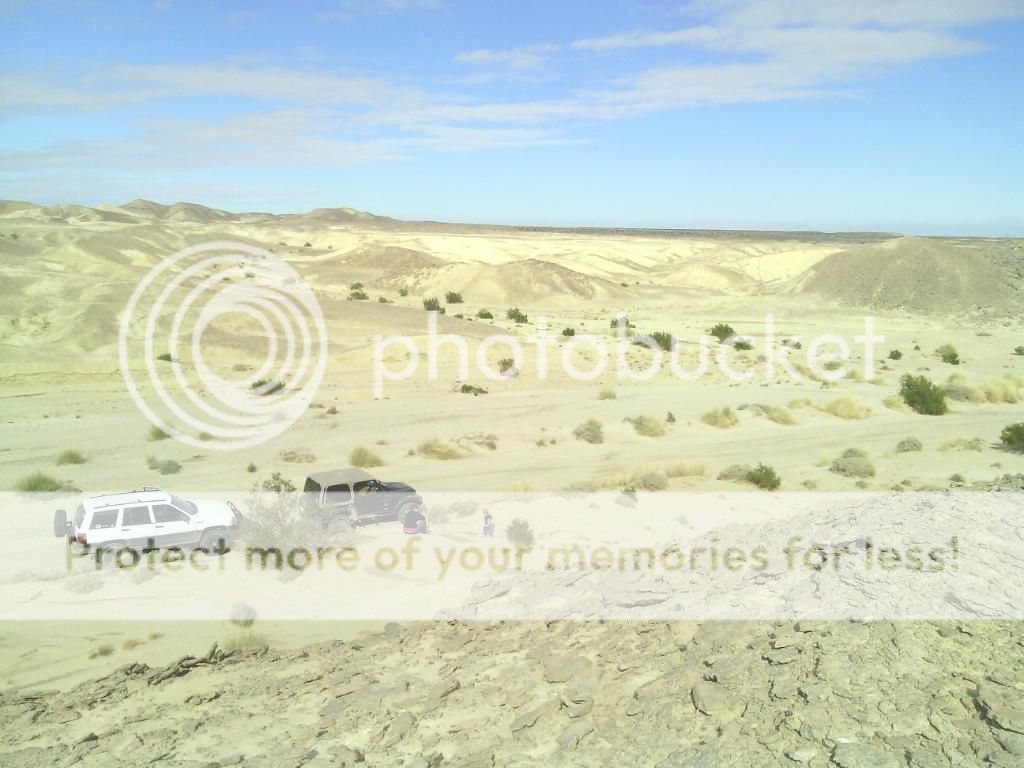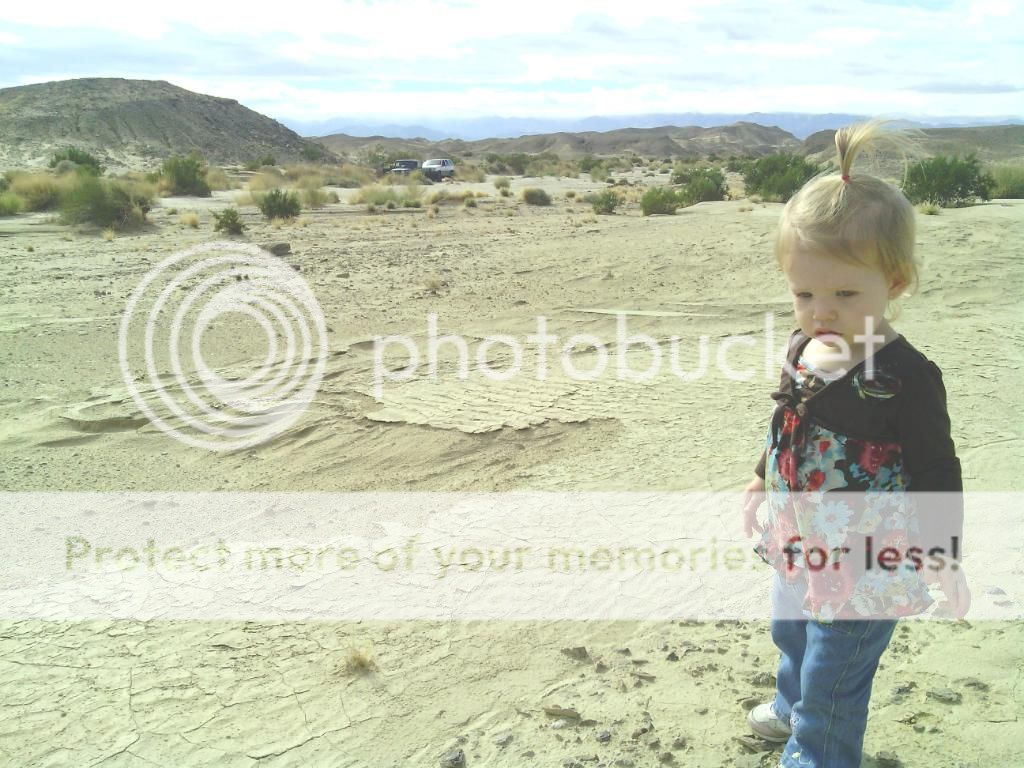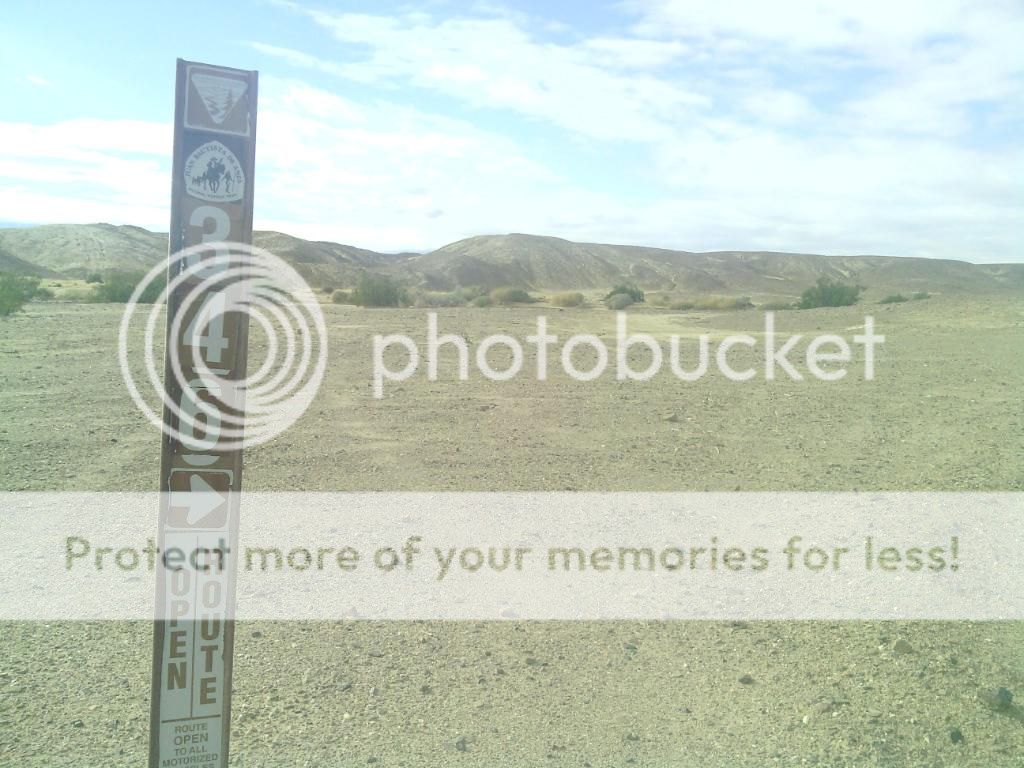There is a general store near the entrance. However, it is closed on Tuesdays and
Wednesdays. Definitely bring water for your trip and consider bringing some
snacks as well.
Day-use parking area. It only cost $3 a person for the day from 9am to 5pm.
Picnic and horse shoe area.
Nearby campsites.
Watch for snakes!
There's even an outdoor theater area.
This outdoor pool wasn't too warm.
The upper pool is used primarily by families with young
children under 14 years old while the other is primarily used by adults.
I don't even want to know what prompted the use of this sign!
The indoor therapeutic spa heats the natural springs up to
102 degrees and includes Jacuzzi jets. The indoor pool is for adults only until
10:30AM. Afterwards, children who are at least 56 inches tall are allowed to
enter the indoor pool.
What? Nudity is not an option? Dang!
With my daughter strapped to my back, it was time to hike the overlook trail.
There are several short trails that head out from the park,
including one that takes you several hundred feet above the campground and
provides great views of the surrounding rugged desert terrain.
Left to the overlook or straight ahead to Squaw Pond- not so much a pond as a soggy,
squishy area with several large willow trees and some small palm trees. At
least one diamondback rattlesnake makes a living on the small furry creatures
who come here to drink. Coyotes and bobcats also frequent this little oasis. On
the nearby hillsides you can admire thickets of glistening teddy-bear-cholla
cactus and the stout, erect columns of barrel cacti.
Audrey: "Are we there yet?"
The trail begins to level out as you approach the summit.
Come on guys, you can do it!
View at the top, overlooking the campground.
My BIL, Nick taking in the views.
Audrey was eager to get back down to mommy!
I think they're ready for a dip in the spas.
My beautiful wife.
Walking with grandpa.
While we soaked in the big kids spa, they went for a stroll.
After lunch and soaking in the spas it was time for a game of horse shoes.
Aunt Summer teaching her how to play.
"I got this!"
A perfect way to end the long weekend.
All too soon it was time to hit the road and head home. We'll have to spend a whole weekend there sometime and explore more of the hiking trails.
